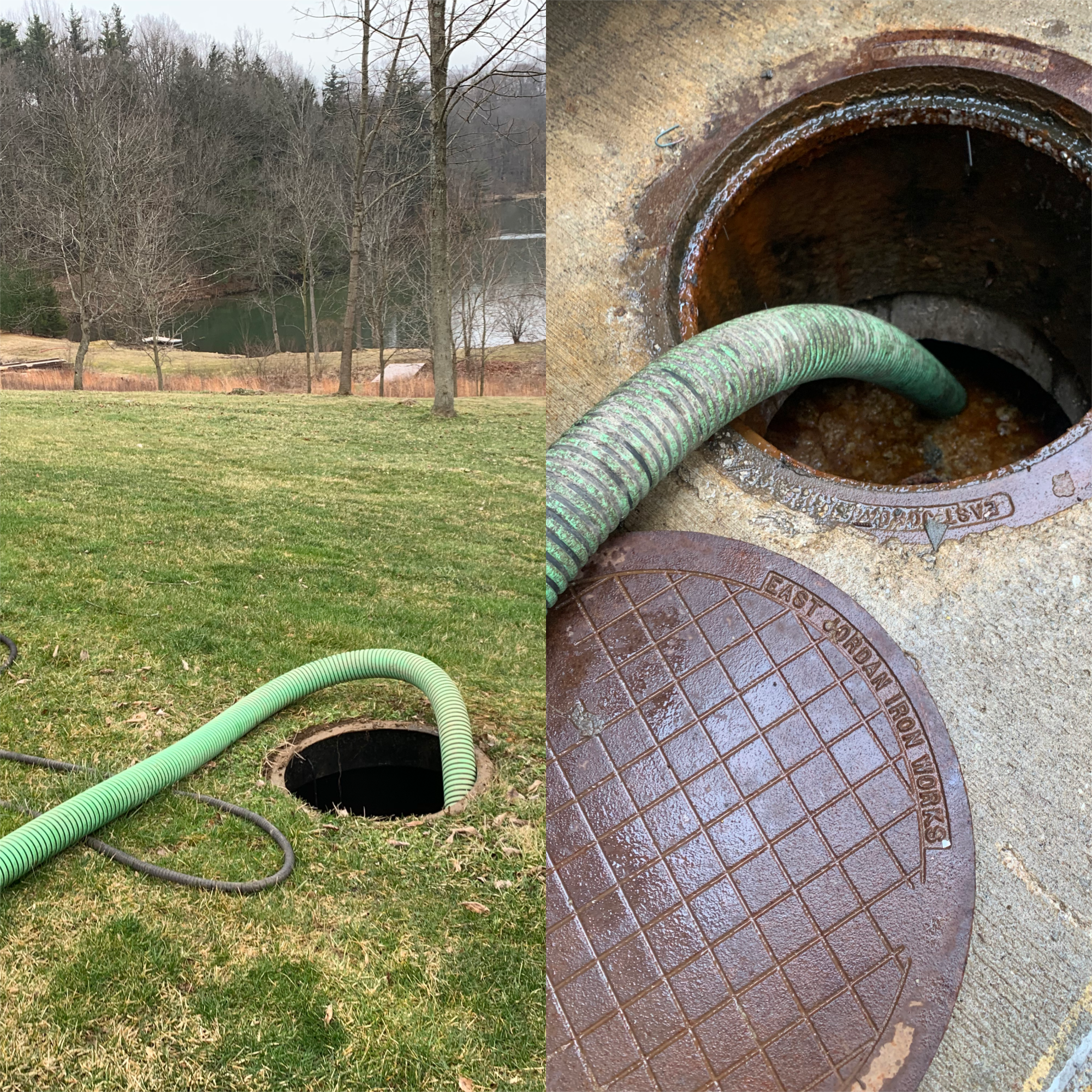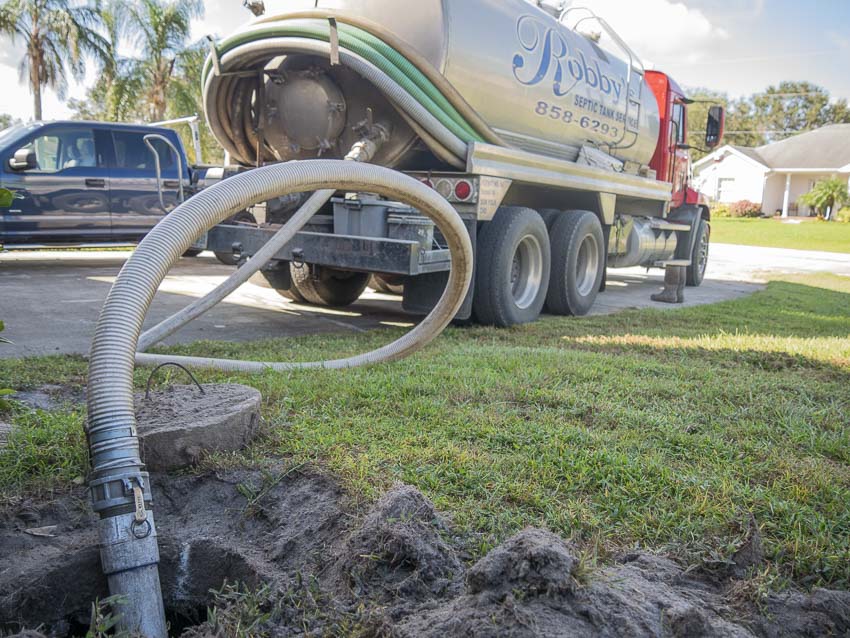Unknown Facts About Stillwell Septic And Grading
Unknown Facts About Stillwell Septic And Grading
Blog Article
Top Guidelines Of Stillwell Septic And Grading
Table of ContentsAll about Stillwell Septic And GradingGetting My Stillwell Septic And Grading To WorkThe 20-Second Trick For Stillwell Septic And GradingThe Greatest Guide To Stillwell Septic And GradingTop Guidelines Of Stillwell Septic And GradingThe Only Guide to Stillwell Septic And GradingWhat Does Stillwell Septic And Grading Mean?
In general, septic storage tank setup is a complicated procedure that calls for mindful planning and execution. Homeowners need to collaborate with a credible setup group and recognize regional laws and needs to ensure that their septic system functions properly for several years to come. After the septic system has been set up and attached to the drainpipe field, it is time to backfill the location.The backfill product must be without clods, huge rocks, icy matter, and debris that can cause gaps in the backfill that may permit clearing up over time. Crushed rock or pea crushed rock 1/2-inch in diameter is liked if indigenous products are not ideal. When the backfilling is total, it is time to landscape the area.
Once the septic tank has actually been mounted, it is vital to evaluate it to make sure that it is functioning appropriately (Septic Inspection). https://www.storeboard.com/stillwellsepticandgrading. Examining the system involves inspecting for leaks, guaranteeing that the storage tank is at the appropriate degree, and examining the drainpipe field. One of the most usual tests performed is the hydraulic lots test
Stillwell Septic And Grading for Beginners
The water is then kept an eye on to make sure that it moves correctly through the pipelines and into the drainpipe area. If the water does not stream correctly or supports into the tank, it might indicate an issue with the system. One more examination that is generally executed is the color test.
The dye is after that kept track of to make sure that it moves properly through the pipes and into the drain field. If the color does not stream properly or appears in the wrong place, it may show a problem with the system. It is necessary to have a professional carry out these examinations to guarantee that they are done properly.

The Buzz on Stillwell Septic And Grading
Right here are some crucial suggestions for home owners to keep their septic system: The typical household septic system ought to be inspected at the very least every three years by a septic service professional. The frequency of pumping depends on the dimension of the storage tank and the number of individuals using it. https://pxhere.com/en/photographer-me/4208166. A basic regulation of thumb is to pump the storage tank every three to 5 years
Utilizing water-efficient fixtures and appliances, such as low-flow showerheads and bathrooms, can lower water usage and assist the septic tank job extra efficiently. Just flush bathroom tissue and human waste down the commode. Avoid purging anything else, consisting of womanly health items, infant wipes, and cooking oil, as they can obstruct the system.
The Ultimate Guide To Stillwell Septic And Grading
Sewage-disposal tank setup is an intricate procedure that calls for mindful preparation and execution. Homeowners should recognize the essential steps involved in the setup process to ensure that their septic tank works properly and successfully. The initial action is to examine the site where the septic tank will certainly be installed.
Once the site has actually been evaluated, the next action is to prepare for the installation. Property owners have to guarantee Continued that their professional is experienced in septic storage tank installation and will function alongside them throughout the procedure.
How Stillwell Septic And Grading can Save You Time, Stress, and Money.

House owners should recognize the essential actions involved in the installment process to guarantee that their septic system operates properly and effectively. By adhering to these actions and keeping their system, house owners can rest assured that their septic system will certainly provide reputable wastewater therapy for several years ahead.
Virtually one in 5 united state homes have septic tanks. Yours may be among them. If you're not appropriately preserving your septic tank, you're not just hurting the atmosphere, you're putting your family's wellness at riskand might be flushing hundreds of bucks down the drainpipe! Do Your Part, Be SepticSmart: The Do's and Do n'ts of Your Septic System.
The Basic Principles Of Stillwell Septic And Grading

All that extra water can actually strain your septic tank. Startle the use of water-generating home appliances. This can be valuable specifically if your system has not been pumped in a lengthy time. Come to be more water efficient by fixing pipes leaks and take into consideration mounting shower room and kitchen area faucet aerators and water-efficient items.
Stillwell Septic And Grading Fundamentals Explained
Know your system's place. When you have the tank pumped, draw a diagram or map showing its place in connection to repaired points - corners of the home, actions, or fencing articles.
Minimize the quantity of wastewater that need to be treated and disposed of by your system: Laundry no even more than one or 2 lots of garments daily. Up to 53 gallons of water flooding your septic system with each lots, so it's best to spread laundry out over the week.
Report this page